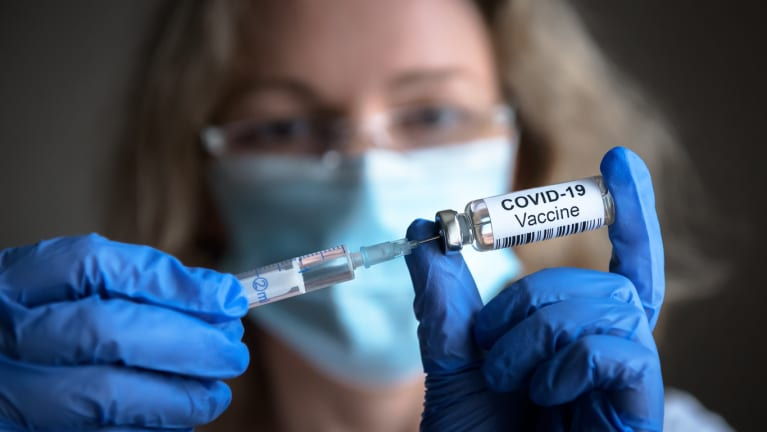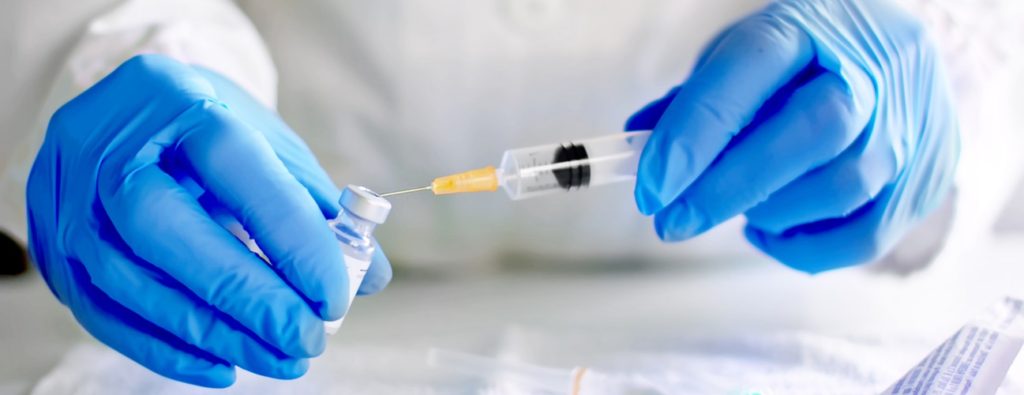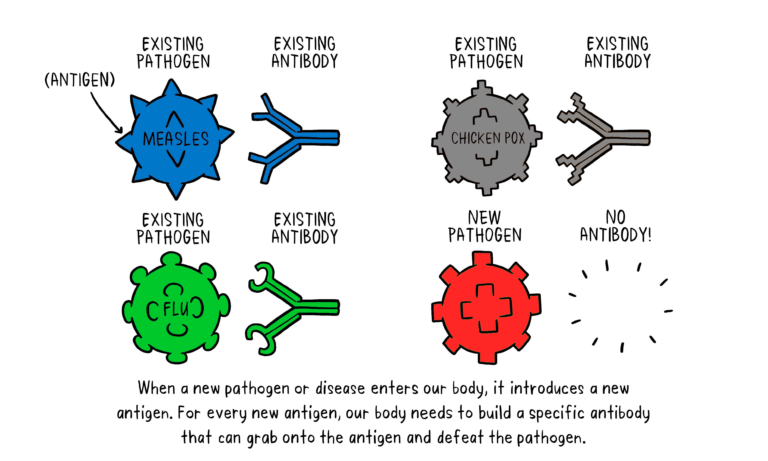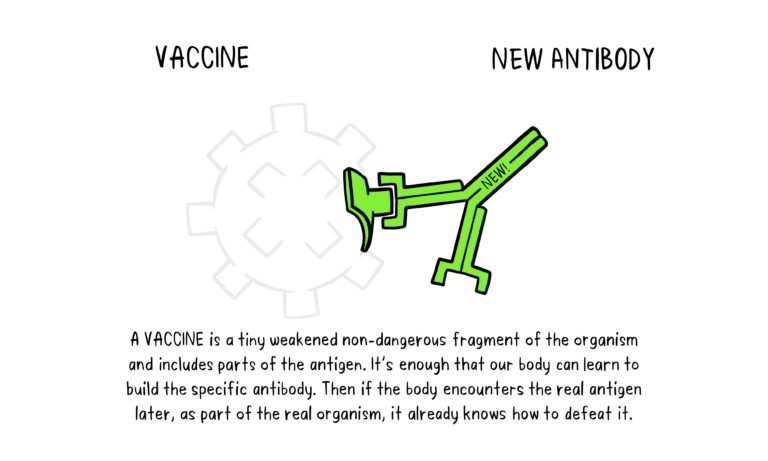
It is impossible to avoid germs because they are all around us, both on the outside and inside. Disease and death can occur when a person who is vulnerable comes into contact with a hazardous organism.
Many ways for the body to protect itself from infections are
available (disease-causing organisms). In order to keep pathogens from entering the body in the first place, the skin, mucus, and cilia (microscopic hairs that move material away from the lungs) all act as physical barriers. When a pathogen infects the body, the immune system, our body’s defense system, is activated, and the infection is attacked, destroyed, or eliminated.

The natural response of the body
A pathogen is a bacteria, virus, parasite, or fungus that can infect the body and cause disease. Each pathogen has multiple subparts, each of which is unique to the pathogen and the disease it produces.
An antigen is a component of a pathogen that causes antibodies to be produced. The immune system relies heavily on the antibodies produced in response to the pathogen’s antigen. Antibodies can be thought of as troops in your body’s defense mechanism. Our system’s antibodies, or soldiers, are all trained to detect a single antigen. Our bodies contain thousands of different antibodies. It takes time for the immune system to respond when the human body is first exposed to an antigen. When the immune system is first exposed to an antigen, it takes some time for it to respond and make antibodies that are specific to that antigen. Meanwhile, the person is at risk of becoming ill.
Antigen-specific antibodies interact with the rest of the immune system to eliminate the pathogen and halt the sickness once they are created. Except when two infections are substantially similar to each other, such as cousins, antibodies to one pathogen do not protect against another pathogen. When the body makes antibodies in response to an antigen, it also forms antibody-producing memory cells, which continue to produce antibodies even after the pathogen is beaten. It is considerably faster and more effective to respond to a disease more than once because memory cells are ready to pump out antibodies against that antigen when the body is exposed to it more than once.
What this means for the person is that if they are exposed to a deadly pathogen in the future, their immune system will be able to respond quickly and protect them from sickness.

How vaccines help
Vaccines contain weakened or inactive parts of a specific organism (antigen) that cause the body’s immune system to respond. Rather than the antigen itself, newer vaccines contain the blueprint for producing antigens. Although this weakened version will not cause disease in those who receive it, it will cause their immune system to respond similarly to its first reaction to the actual pathogen, regardless of whether it is made up of the antigen itself or the blueprint so that their body will produce the antigen. Some vaccines necessitate multiple doses, spaced out over weeks or months. This is sometimes required to allow for the development of memory cells and the production of long-lived antibodies. The body is trained to fight the specific disease-causing organism in this way, and the pathogen’s memory is built up so that it can be quickly combated if and when it is exposed again.

